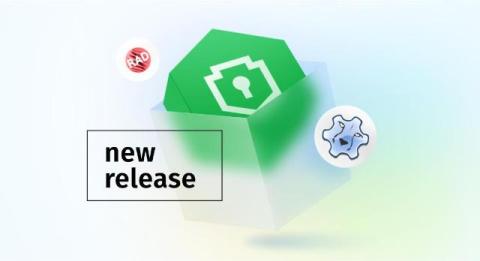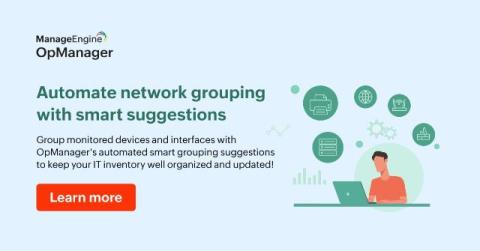SecureBridge 10.6 With Support for RAD Studio 12.2 and Lazarus 3.4 Is Out!
We’ve been on a release spree recently, and it seems not to show any signs of stopping. This time, we’ve got some good news for the users of SecureBridge, our top-tier library of client and server components for SSH, SFTP, FTPS, HTTP/HTTPS, SSL, WebSocket, and SignalR protocols. Today, we have rolled out an update of SecureBridge with a few nifty enhancements that will keep your experience with it at an all-time high.











